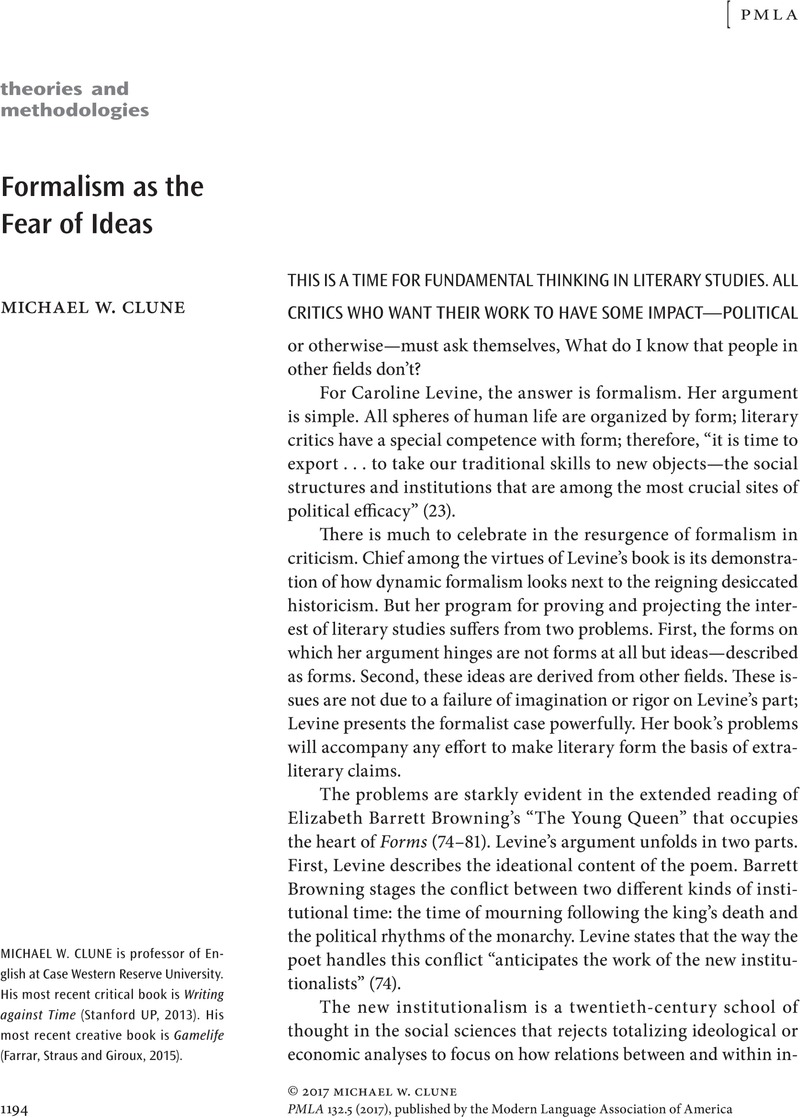Crossref Citations
This article has been cited by the following publications. This list is generated based on data provided by Crossref.
Eggert, Paul
2019.
Work and the Reader in Literary Studies.



